Animal grazing: the best animals to use for landscape maintenance!
True ecological lawn mowers, animals can also contribute to the landscape maintenance. As long as you know which one(s) to choose!

Animal grazing is the ideal answer to achieve the “zero plant care chemicals” goal recently adopted by France, but also other European countries like Belgium, Denmark and the Netherlands. By entrusting landscape maintenance to herbivores, public authorities and private owners are in a win-win situation (see our article on the benefits of animal grazing). But which animals can be used to mow grass, and what kind of grazing do they prefer? To guide your choice Christophe Darpheuil, stockbreeder and Director of local Lyon association Naturama, helps us with his expertise in this alternative landscape maintenance method.
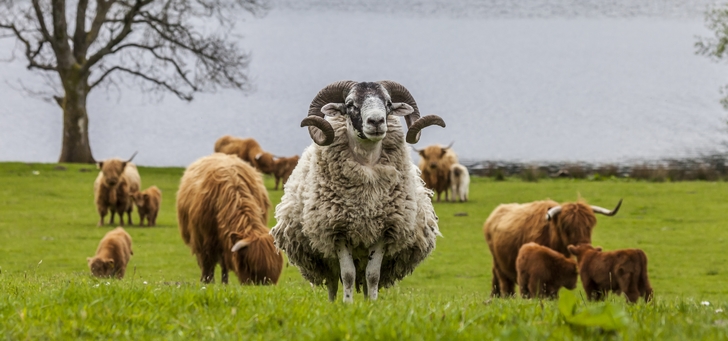
Sheep, the top eco-mowers
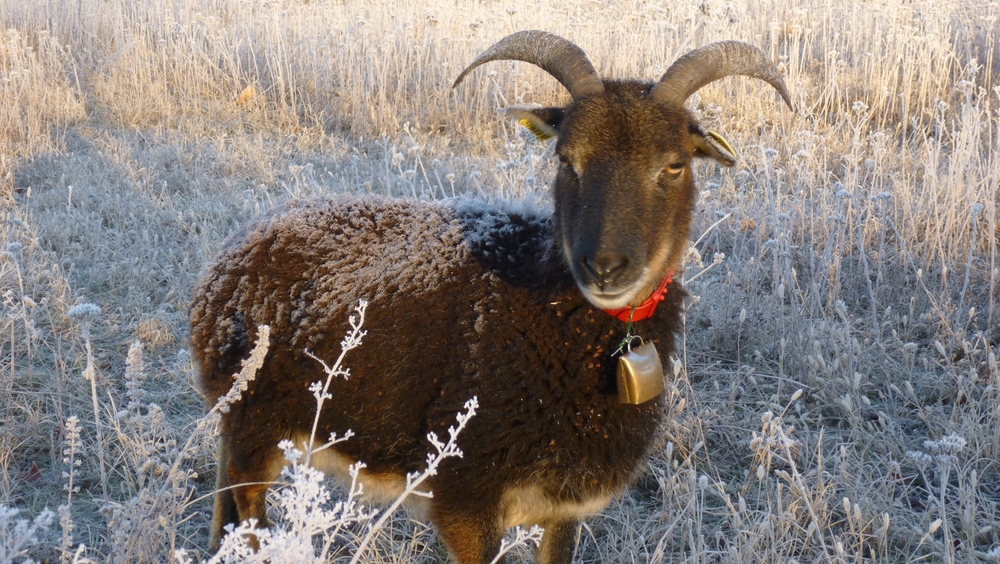
A Soay sheep during winter season. © Naturama
Very popular with public authorities, sheep are ideal co-workers on small grounds and can mow polluted or wet zones too if needed. The most popular are races not bred for food and many, like Soays, Landes de Bruyère and Camerouns, are threatened with extinction. Some do not require any human intervention for wool shearing, can calve outside and do not need shelters Far from being just eco-mowers, sheep also have a favorable impact on biodiversity, which can increase by up to 40% on the grounds where they are used. Sheep do not destroy habitats. In fact, their manure enriches the soil, attracting a host of insects and animals beneficial for biodiversity.
With only five sheep per hectare of clean ground all year long, public authorities can obtain good landscape maintenance performances without mechanical mowers or brush cutters.
Goats, hilly areas experts
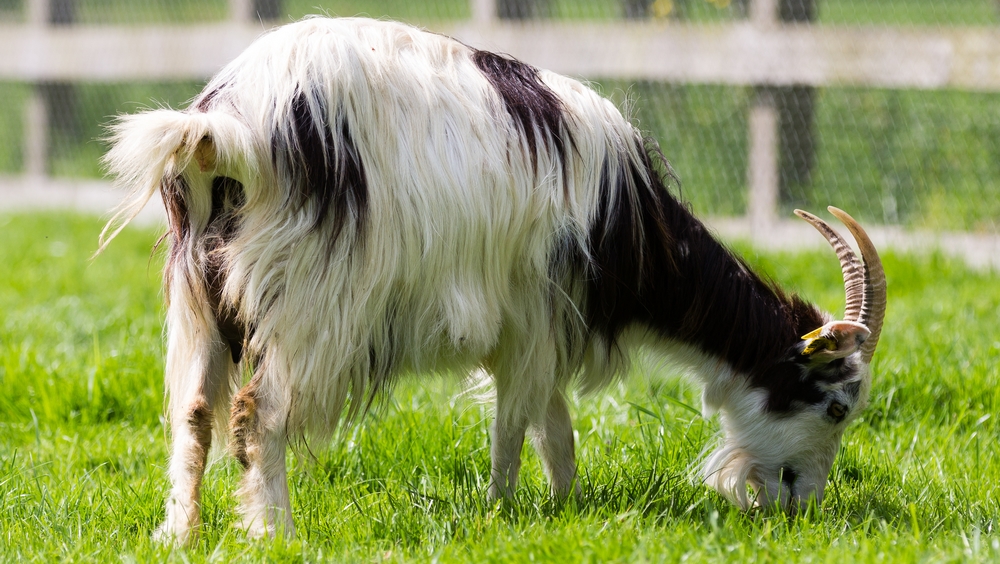
A ditches goat. © Édouard Hue / Wikipédia CC BY-SA 4.0
Ideal for small sloping, irregular green spaces or undergrowth, goat races like Ditches, Rove or Poitevine are excellent brush cutters. They work very quickly but love to munch on decorative shrubs as well as fruit and ornamental trees. They are a good complement to grazing sheep when there are several layers of vegetation to maintain in green spaces! However, they are also experts in escaping! They have to be checked on every day to make sure they are still there!
Cattle, big ruminants for big spaces
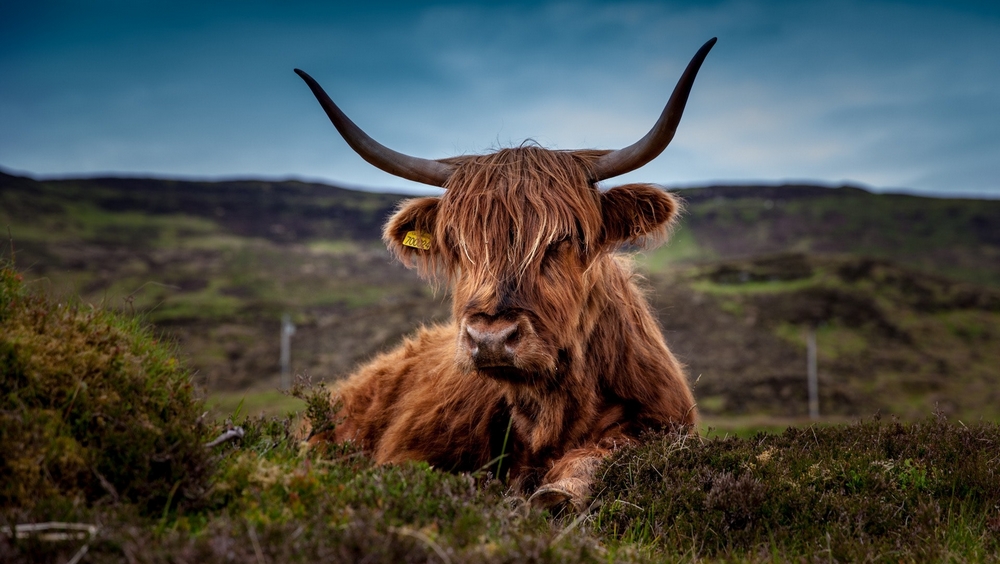
A Highland Cattle cow. © Frank Winkler / Pixabay
Much bigger than goats and sheep, cattle are ideal animals for the maintenance of big, flat grounds like marshy zones which do not fear trampling. The Salers race, or (very) hairy Highland Cattle are appreciated for their folksy attractiveness. Easy to supervise, cattle do not try to escape. Nevertheless, these animals are much more difficult to transport than sheep and goats. Although their manure is quantitatively imposing, it does little to enrich the soil which their presence damages.
Equines, man’s noblest conquest
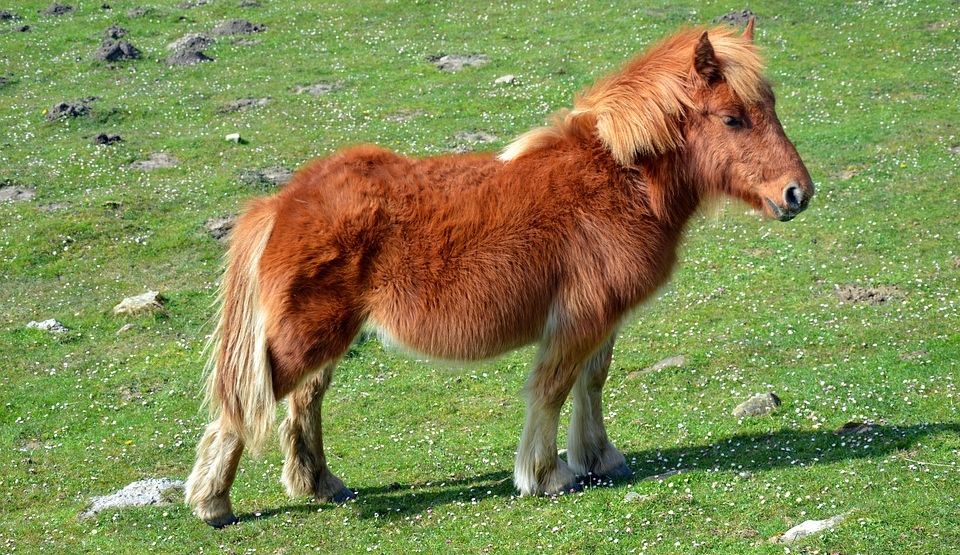
A Pottok horse in a hilly area. © Max Pixel
Very fragile, horses, ponies and donkeys can quickly fall sick on waste lands or polluted grounds. They are much more at home in big, healthy spaces, including marshes for Camarguais horses, Landais or Shetland ponies and mountains for Pottok horses. Like cattle, transport can be a logistics problem which can erase the benefit to the carbon footprint as vehicles have to be motorized - but on the other hand, fence building is easier.
Need to decontaminate soil? Choose phytotechnologies!
Deer, the cross-country champions
Public authorities like the Psychotherapeutic Center in the Ain, France, can also adopt deer. An original choice which makes it possible to maintain the 1-hectare green space and, at the same time, contribute to the wellbeing of the Centre patients who live there day after day. Provided grounds are not polluted or wet, deer have no problem in mowing sloping green spaces. Their reproduction capacity, however, requires big green spaces and culling to avoid overpopulation and the propagation of diseases. Deer also have to be fed hay during the winter and initially can be difficult to get near.
… And all the others!
Hens, turkeys and guinea fowl will really enjoy flushing out harmful insects and enriching the soil with their dejections, highly concentrated in nitrogenized fertilizer. They must, however, be deployed in big spaces to counter their bad habit of uprooting grass. More exotic, Camelids (lamas and alpacas), graze without pulling up the grass and mow as quickly as goats. Lastly, as odd as it may seem, guinea-pigs can be useful on a small ground, for example to keep a lawn close-cropped. Unlike rabbits, they do not dig holes!
Educating local residents to animal grazing
If many public authorities have already adopted eco-mowing, using animals to maintain green spaces in urban areas requires extra vigilance. By using the right fencing, increasing surveillance and introducing information programs, public authorities can avoid the following situations:
Unsuitable food
Through ignorance, locals are tempted to feed the animals, creating bad habits which can, in the long term, lead them to give up grass. Moreover, this food can do more harm than good. Bread, for example, can make herbivores sick.
Death from dogs
Several cases of dogs not on leads biting the throats of sheep have already occurred. Fences must be sufficiently high and strong to keep out urban predators.
Theft
Thefts, particularly of small vulnerable animals like lambs, occur quite frequently. The installation of video cameras, electrified fences and choosing horned races can dissuade criminality.
Whatever the animal chosen for landscape maintenance, local, rustic races adapt more easily than races from elsewhere. Once settled in, they will be ecological mowers all year long! Opting for a race threatened by extinction, very widespread in animal grazing, is also a sensible choice contributing to safeguarding genetic diversity, currently being destroyed by intensive farming.
Read also: Urban green space maintenance without plant health products?
Our thanks to Naturama association director Christophe Darpheuil, and Daniel Curt, from the Centre Psychothérapique in the Ain, France, for sharing their expertise.
(1) Entretien Nature Territoire: Le rôle sociétal de l'éco-pâturage
© Photo credit: Zbyszko / stock.adobe.com
